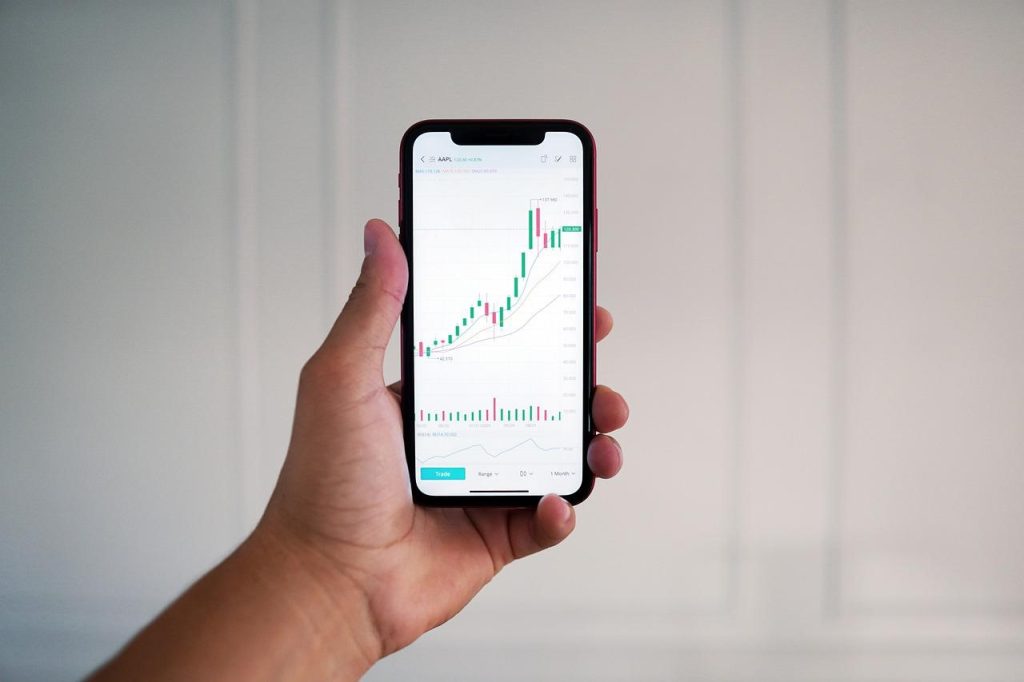A Beginner’s Guide to Trading Forex Successfully
What is Forex Trading?
Forex trading is the exchange of one currency for another through various means for trade or business. As the largest financial market in the world, it provides numerous opportunities for speculators to trade daily.
If you are a new trader, then you have to devote time to understanding how currency trading works. The idea is to sell weak currencies and buy strong ones simultaneously. Therefore, as a trader, you have to determine whether a currency would weaken or strengthen by using different styles of analysis. You can trade forex today on regulated brokerage platforms that allow you to execute and manage your trades.
Learning to trade successfully could take months or even years, and the exact duration depends on a lot of factors. But, if you are serious about becoming a consistently profitable trader, here are six easy steps to help you get started.
1 Define your Motivation
A critical step to learning forex is identifying why you want to trade. If you wish to make quick gains, you might be better off using trading robots, copy trading apps, or trading signals from a professional. These can help you earn without learning how to trade by yourself.
But, if you wish to become a professional and Independent trader, try to set long-term goals for your trading career. Whenever you feel like quitting, your motivation reminds you of the reasons you started and keeps you going. Therefore, it should be a compelling reason that will not wither and falter quickly. The best traders and investors have future goals of financial freedom and independence. These push them to their limits and encourage them to keep learning until they achieve these life goals.
2 Learn the Basics of Forex and Financial Trading
Once you’ve established your motivation behind learning to trade, you need to know the basics of trading. These concepts like pips, lot size, risk management, limit orders, stop loss, etc., help you grasp how forex trading works.

This knowledge helps you execute and manage trades appropriately. For instance, risk management requires you to calculate risk and predetermine your risk using a stop loss. You won’t be able to do this if you don’t know what each of these terms means.
3 Learn a Profitable Trading Strategy
A trading strategy is a fixed plan that is designed to achieve a profitable return by going long or short in markets. It is the method of buying and selling in markets that is based on predefined rules used to make trading decisions. You can learn these strategies through different sources but make sure whichever one you use, you know has been tested and confirmed to be profitable. The strategy should include technical and fundamental analysis to provide a holistic approach to examining the currency market.
4 Register on a Trading Platform
Choosing the right trading platform is critical to your success as a trader. Make sure you trade on regulated platforms with favorable trading conditions. This ensures that your trades are executed and managed in a secure trading environment. Make sure you analyze the trading conditions offered by the broker. These include the spread, commissions, tradable forex pairs, and other factors that would affect your trading processes.
 5 Practice
5 Practice
Traders can practice and test each platform using a demo account, which means no real money is at risk. This helps you learn the features of a trading platform and how to manage your trades. Every trading platform is different, so even experienced traders need to know how they work before trading with real money.
You can use demo accounts to backtest your system and ensure profitability. Backtesting is a way to objectively gauge whether or not a trading strategy is profitable. The logic behind backtesting is very simple – if the system worked in the past market conditions, it is likely to continue to work in future market conditions.
6 Manage Your Risk and Emotions
Finally, learn to control and manage your emotions as you trade. Learn trading psychology and how to think like a professional trader. You can learn this through books like ‘Trading in the Zone’ by Mark Douglas. In addition, make sure you always use proper risk management. Always outline your risk management parameters by deciding how much you’re willing to lose before executing your trades.


 5 Practice
5 Practice